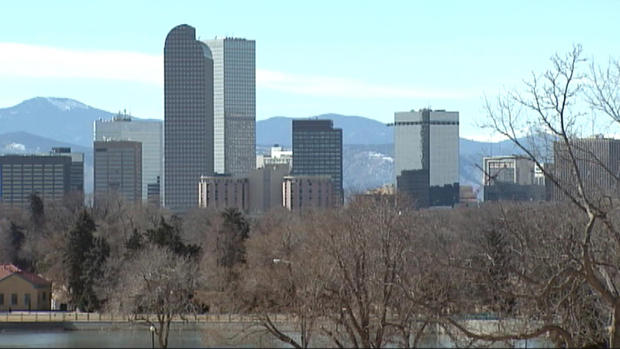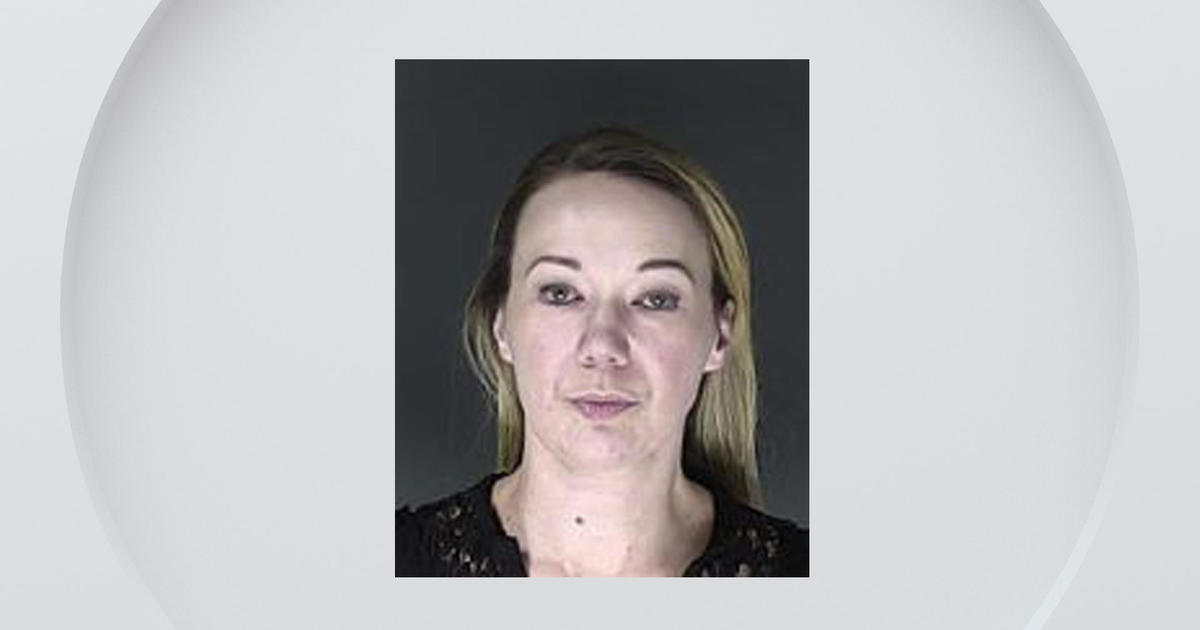Documents Reveal Origins Of Denver's Controversial Group Living Proposal
DENVER (CBS4)- Some residents are calling the city and county of Denver "disingenuous" over the way it presented proposed changes to its group living rules. This, following the city's court-ordered release of documents pertaining to the origins of the proposal.
The 200-page proposal would allow five unrelated adults to live together, and would allow community correctional facilities - or halfway houses - to be in commercial and mixed-use neighborhoods. It would also continue to allow homeless shelters in all residential neighborhoods. City officials say homeless shelters operated by churches, nonprofits, and government agencies are currently allowed in all neighborhoods citywide, but the proposal would provide criteria for emergency expansion of shelters, and would allow operators to provide several different housing types for people in need.
"I think that residents of Denver need to know what this proposal is really all about," said Florence Sebern, who filed suit against the city - and won - for access to the aforementioned documents.
Sebern says the documents show the proposal, which has been met with much controversy over recent months, was started by the mayor's office to specifically address halfway houses in Denver.
"A 2008 moratorium on new community corrections facilities will expire in May of 2018," one of the documents, from 2017, reads. "A public discussion of the current regulations is needed to identify any changes before the community corrections facilities moratorium expires... Service providers and zoning staff have identified multiple examples of language and regulations that should be considered."
The document went on to say that nonprofits had pinpointed "shortcomings" in the zoning code for homeless shelters, and there had been community requests to reconsider the number of unrelated persons who can live in a single-family home.
But, Sebern felt the city didn't mention the halfway house component in public meetings about the proposal, instead championing the rules as a path for affordable housing.
"The group living amendment was proposed to the public in open houses and in presentations as just a simple, 'let's allow more unrelated adults to live together.' But in fact, from the mayor's office, the priorities were first to address community corrections, second, to address homelessness and shelters, and then, third, to increase the unrelated adults," Sebern said. "So those first two components which were prioritized higher than the third were obscured in the in the campaign that community planning and development rolled out. And I think that that is disingenuous, I think it's dishonest."
However, spokesperson for the city says public feedback has been critical in shaping the proposal.
"Staff from Community Planning and Development have met with thousands of residents in the past year to refine this proposal," said Laura Swartz, Communications Director for Denver's Community Planning and Development. "Now, eight months after the last meeting of the advisory committee, the proposal headed to a public hearing on February 8 is vastly different from earlier drafts as a result of the time our staff has spent working with residents and their elected representatives on these amendments."
Proponents of the proposed changes also say it's important to put community corrections and homeless shelters in areas with easy access to grocery stores, public transit, and other vital resources.
"This proposal creates spacing and density requirements designed for large residential care facilities, including shelters and community corrections, to prevent a concentration of facilities in a given area," the city explains in a group living document recently published online.
But, Sebern says the new rules could make neighborhoods more overcrowded and dangerous, pointing out the rules would not require any buffer between halfway houses and schools.
However, the city says there are already some schools near halfway houses currently, and "buffers have not been a functional way to regulate these facilities and they do not prevent new schools or childcare providers from opening within a buffer zone."
The city council will vote on the proposal on Feb. 8.
While city officials were unavailable for an interview Friday, Swartz provided the following written statement and information about the group living proposal: "This was a three-year public process that has been extensively documented and recorded. All meetings have been open to the public to attend, summaries of which are on the group living website. The city sought input from people who would be regulated by the code changes, including service providers, as well as thousands of residents who participated in helping refine this proposal over the past year. The proposal going to City Council on February 8th is a balanced package of amendments that improves Denverites' ability to seek care and share housing costs, while also making it easier to regulate these land uses."
Anytime the city updates the zoning code to keep pace with social changes and new land uses, it involves considerable input from the people and businesses that would be directly regulated by the changes as well as residents who may be impacted. For this reason, the Group Living Advisory Committee included more than 40 people representing multiple perspectives and walks of life. This included people who had experience with Denver's existing codes on cooperative housing, group-living service providers and clients who understand their industry the best, elected officials, and Denver residents from across the city. Every meeting of the committee was open to the public to attend and is documented with summaries and presentations in the Project Archive section of the city's group living website.
(www.denvergov.org/groupliving)
Regarding community corrections and household size, both items have been critical to this work since the beginning. You can view the original "problem statement" from the start of this project on our website, but here it is for convenience as well:
General Problem Statement
Evolving Residential Needs: Different ways of living together are desired to meet new challenges, circumstances, and lifestyles. However, outdated or unclear regulations or a lack of applicable use definitions and building forms in the Denver Zoning Code (DZC) limit those possibilities.
Difficulty Meeting Rising Demand: Demand for some group living types exceeds current supply, but expansion or establishment of new facilities is constrained, in part, by the DZC.
Unintended Results: Current regulations have led to unintended results, including:
- disproportionate concentrations of social services and resources in some neighborhoods
- ongoing use of legacy residential care facilities
- need for extensive transportation services
- concentration of vulnerable population
Unclear Regulations: Some regulations are unclear or inflexible when considering expansion or siting new or innovative facilities.
Unnecessary or outdated language: Some language in the DZC is redundant, inconsistent or in conflict with state and/or federal regulations and guidelines.






